When a bipolar transistor is driven into saturation, it builds up charge which slows the recovery time when it is switched off. What I would like to know is, how well is this behaviour captured in spice models? Does spice model this? If I pick any given transistor from the library, how accurate is the recovery behaviour likely to be?
I am using LTSpice. I ran a quick sim (results below) and I can see some difference in recovery time for saturated vs unsaturated. But the difference doesn't seem large, and I'm not sure if it is due to other factors such as different collector currents.
